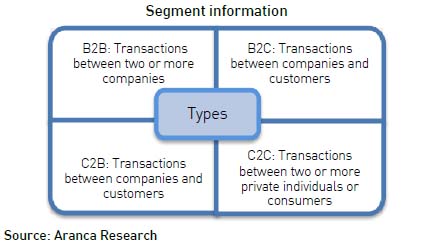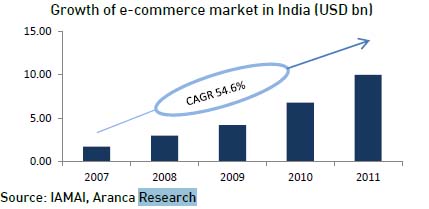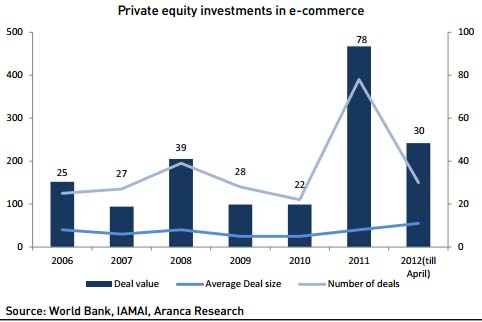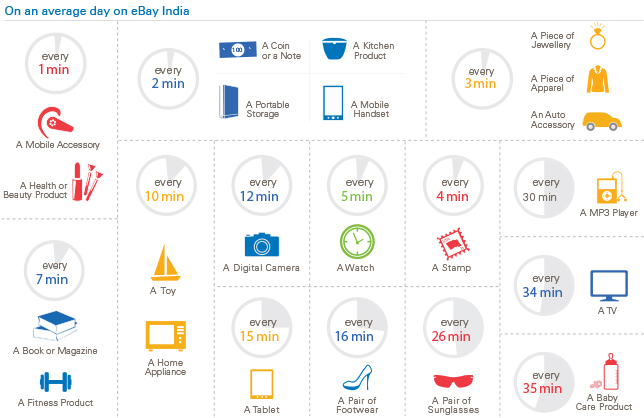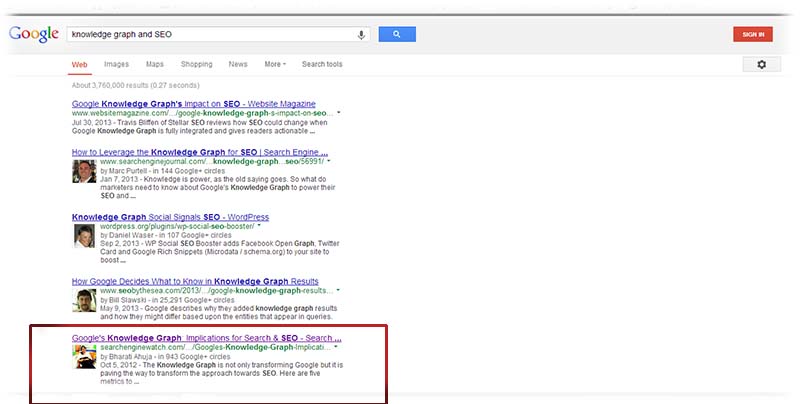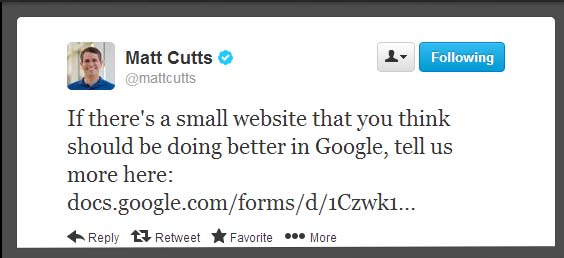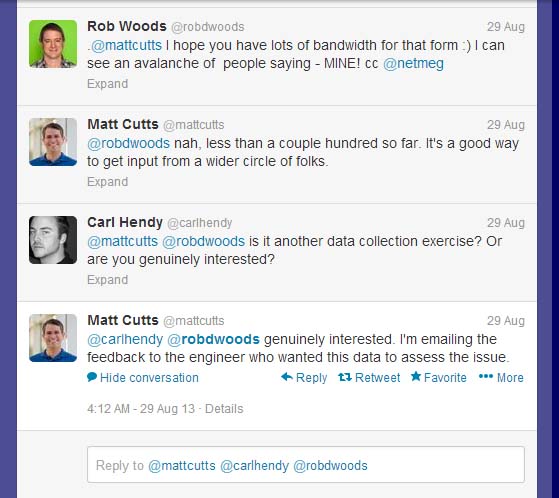I have been working on SEO projects since 2000 and have had many interesting , funny, enriching and mind boggling conversations regarding SEO with the various clients since then. I must say that if SEO and the Web have evolved then alongside the client’s approach to SEO has also evolved and the kind of questions the clients have been asking and seeking answers to has also progressed since 2000.
We keep on reading a lot about the latest algorithm updates, SEO News and almost everything about SEO and related to it but the client side thought process is rarely discussed on the blogosphere. I think if we discuss this and share our conversations then the thoughts and fears of the much involved netizens who read the SEO blogs and also those who are totally unaware about what search and web optimization is all about, will come into the limelight and help us from a SEO third party perspective .
I start this series with one of the conversations I recently had with a reputed client who has since 18 months have been very cooperative and have appreciated the SEO efforts put in by us.
The site statistics are as below since we started working on the site in June 2012
The site statistics after the site started improving after the initial SEO efforts in October is as below:
As you can see that the site despite the Penguin, Panda and the recent launch of the Humming Bird Engine has remained stable and is bound to improve further with the content strategies planned for the future.
But, the fears and questions the client voiced lately is as follows:
Client:
I just came to know that our competitor site is getting more than 1,00,000 visits per month. Please let me know why our site is not doing that well.
( After I went thru the competitor site I came to know that the site was another initiative of a very famous site which had a very good reputation and a very large link profile.)
Me :
Look we cannot compare our site to the one mentioned by you . Despite the fact that the sites relate to the same topics but their external link profile and popularity is very different . The competitor site is benefitting from the reputation and popularity that they have built over a period of 8-10 years. But our site is still 1.5 years old and has to yet gain popularity and a good Word Of Mouth over a period of time. Instead of focusing on how many visits the competitor site is getting let us focus on how to improve the services that we offer online and work on strategies to improve the outreach via social media and blog content . We should also think of how to keep in touch with the existing base of online existing customers . Talking about why the competitor is getting more visits will only mislead us and lower your confidence. Maybe with the kind of TV Ads and offline advertising the competitor is investing in this the no. Of 1,00,000 (Which you consider very high) maybe very low in magnitude as per their expectations.
We cannot judge the success of any campaign with only one metric. If we compare the two sites we know that we do not advertise on TV which requires a very big budget but they do. Their parent company is online since nearly 10 years hence they already have a database of regular visitors and link profiles. But, we are a 2 year old company and did not have any prior online presence and offline presence has been very local – in fact at the city level and not at a national level too. But with the website now the company has a global presence .
Client:
Yes, but the visits have to increase ...
Me:
Yes, after achieving the basic objectives of optimizing a site such as sorting the technical issues of the site and completing the major on page tasks like it has been done on the site, we have to work on the social media and content strategies. Our main objective now should be to see that the visitors coming to our site are getting the required answers to their queries as you can see the no. Of landing pages have increased hence the visitors are reaching their destination page with just one or two clicks so we have to see that they get the required information on those pages which have a good recall value and a good first impression so that they recommend it via social media channels and also post reviews. All these signals will not only increase visits via other sources but also improve the search presence and thereby proportionately have a positive effect on the visits via search engines too. Hence, if we work on the quality factors then the visits will increase but if we discuss why we are getting comparatively low visits then we are wasting our time because as compared to our previous presence we are doing quite well so we have to forge ahead in the same direction. We can achieve our goal only if your expectations are realistic and our efforts are in the same direction.
Client:
I think you are right let us meet next to finalize the social media and content strategies.
The main objective of starting these client conversation series is to share my experiences with other SEOs so that we get a chance to learn from each other and are prepared when we face a similar situation which has already been faced by someone else. Please write to us at info@webpro.in if you would like to share your client conversations on our blog.
As an SEO what would be your approach to the situation mentioned above? Please share in the comments below.
I hope these series will be informative and be helpful to our readers.














